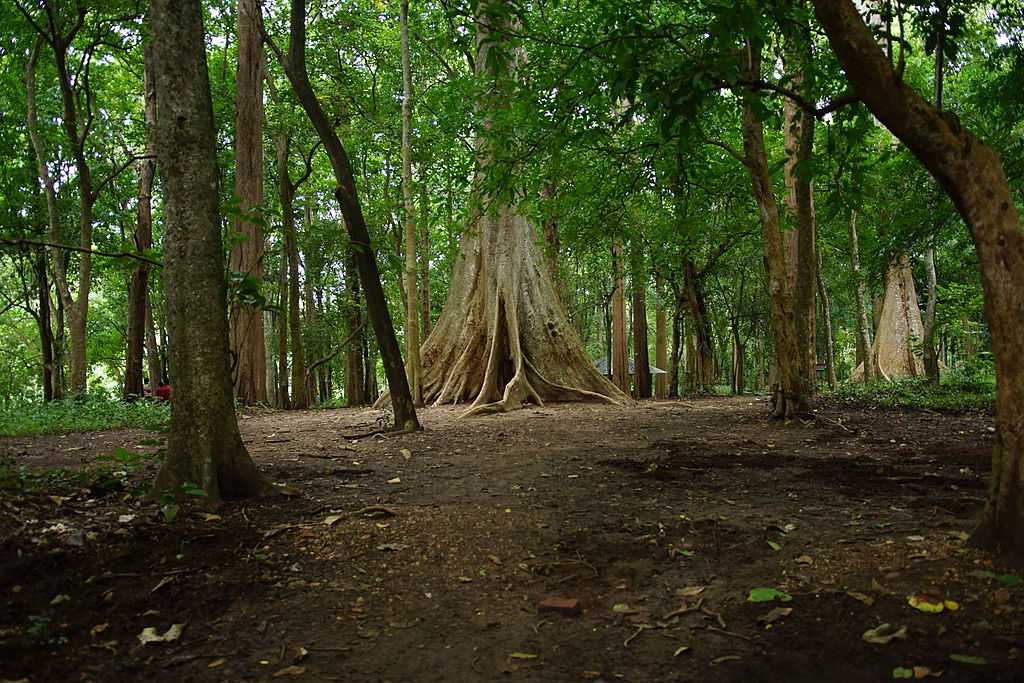Timber itself can be a lucrative investment, simply because it continues to grow in value regardless of what the rest of the market is doing. While stock values rise and fall, timber continues to grow and to hold its value. An investment in reforestation that allows for the planting of more trees is always useful. It helps the environment and also fulfills the common need for building materials. No matter what the market is doing, timber will always be a necessary material for the growth of our economies.
The Question is, What is the Best Way to Invest in Timber?
Even if you know that timber itself is a smart investment, that doesn’t mean you know which type would best suit your needs. Teak is exceptionally popular in Latin America for plenty of reasons. It’s a resilient hardwood that repels insects and does a great job standing up to fire and the elements. The demand is high since its numbers in southeast Asia are dwindling, and all of these factors combine to make it quite a valuable asset. So, why choose to invest in a plot of land for teak hardwood rather than in other options?
Types of Timber Investments
There are different ways to invest in timber, and not all of those ways involve choosing the type of wood involved. For example, you can purchase shares of timber through publicly traded stock. These can involve timber REITs (Real Estate Investment Trusts) and timber ETFs (Exchange Traded Funds). With the timber REIT, one company’s stock is being purchased for the investment, while timber ETFs are more similar to mutual funds and are made up of stocks from different companies. If you choose either of these investment methods, you may or may not be working with the most valuable woods, which turn around the highest amount of profit.
One reason why timber is a powerful asset is because, when you purchase timberland rather than another company’s stock, you actually have a piece of land on which the trees are growing. You can take a stroll through those woods; you can go camping or horseback riding in those woods. The land is yours, and that’s just another addition to all of the appeal. Of course, you can choose to invest in the stocks and keep track of a piece of paper, knowing that timber is generally a low-risk investment, so you’re in a comfortable spot…but you could be getting so much more.
When you choose to purchase an actual plot of land, you can choose your wood. There are, of course, other valuable hardwoods in which you can invest. Take, for instance, Shorea (a type of wood very similar to teak), Iroko (also known as African teak), and/or Ipe (more commonly referred to as Brazilian walnut). Nothing, however, quite compares to the value of teak. Your level of liquidity is lower when making this sort of investment as opposed to investing in timber stocks, but you also have more control. Even better, you can watch your investments grow right in front of your eyes, and you can choose to harvest when you are ready, knowing that the more mature the wood, the more valuable it is. When you’re ready to harvest, you can do so and then re-plant a whole new plot of trees. The decision to purchase a piece of timberland rather than a stock is popular for these reasons.
Managing Your Timberland Purchase
If you choose the route of purchasing your own land on which to manage your timber assets, keep in mind the importance of ensuring that land is adequately maintained. You’ll need a well-maintained forest if you want the best possible return on value. The best way to gain peace of mind in that particular field is to locate a competent consulting forester. Do that by contacting the Association of Consulting Foresters of America (ACF). Members of this association, and other related associations, are required to have knowledge in growing and maintaining forestry, and you can rest assured that they have the experience necessary to guide you in proper maintenance of your rather large asset.
Overview of Timber as an Investment
Over the many recessions the world has seen, including the Great Depression, one thing has remained steady and reliable – and that has been the need for and value of timber. In fact, during the Great Depression, when stocks fell by about 70 percent, timber investments soared by more than 200 percent. During the most recent recession of 2008, the S&P 500 fell more than 35 percent while timber grew 9.5 percent. It’s no secret that overall faith in the market is growing shaky, and that’s just another reason why timber investments are on the rise.
Experience the Insider community that takes your international lifestyle to the next level. Download your FREE guide
"18 Steps to Implementing Your Plan B" instantly!
Like Our Articles?
Then make sure to check out our Bookstore... we have titles packed full of premium offshore intel. Instant Download - Print off for your private library before the government demands we take these down!







